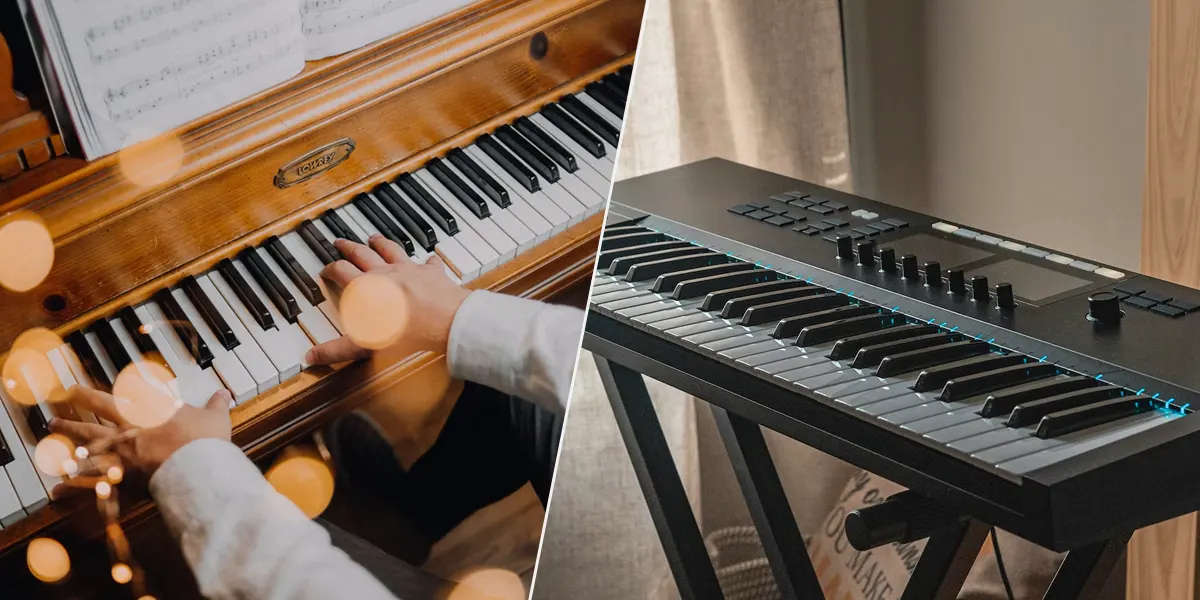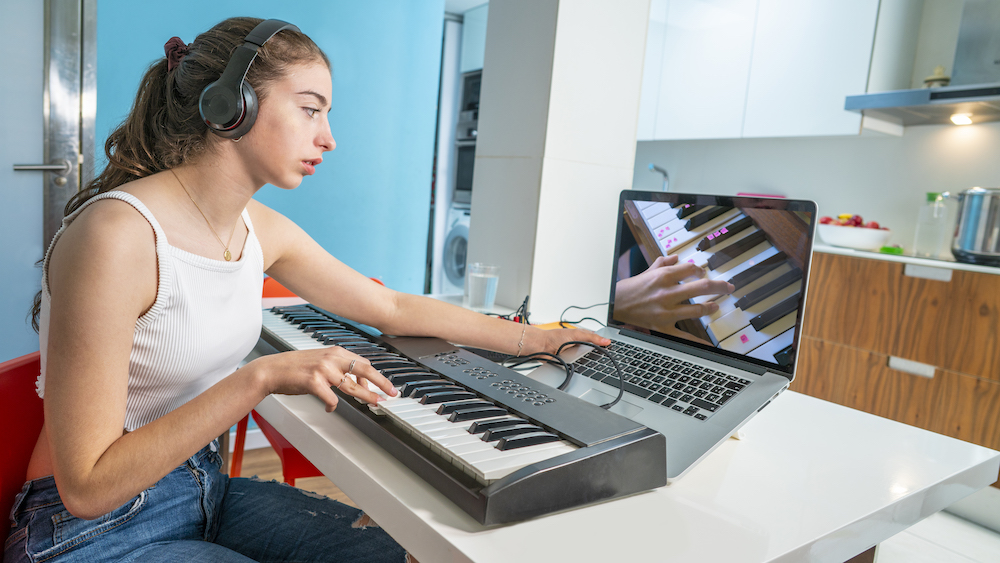
Learning to play piano has never been more interactive, thanks to Bluetooth MIDI technology. Whether you’re using an Android or iPhone, connecting a smart keyboard like the PopuPiano Smart Keyboard opens the door to apps, recording, and real-time feedback.
This guide explains how to connect keyboard to Android Bluetooth MIDI, explore features like the Bluetooth MIDI service on Android, and optimize your setup for practice or performance. Beginners and advanced users alike can benefit from understanding the differences between wired USB connections and wireless MIDI. By the end, you’ll know how to enjoy a wireless music experience with your smart piano.
Bluetooth MIDI allows your smart keyboard to communicate with devices wirelessly.
Benefits:
Example Apps:
Reference: MIDI Association – Bluetooth MIDI

Before connecting, make sure your devices are compatible:
Smart Keyboards:
Android Apps:
iOS Apps:
Tip: Always check the app’s settings for Bluetooth MIDI support.

Step-by-Step Guide:
Troubleshooting Tips:
Reference: Android MIDI Documentation

Tip: iOS devices usually connect faster due to native CoreMIDI support.
|
Feature |
Bluetooth MIDI |
USB MIDI |
|
Portability |
Wireless, fewer cables |
Requires cable connection |
|
Latency |
Slightly higher (10–20ms) |
Lower, more stable |
|
Power |
Runs on keyboard battery |
Powered by USB |
|
Multi-device |
Can pair with multiple devices |
Single connection only |
Recommendation: For home practice, Bluetooth MIDI is often sufficient. For studio recording, USB may offer slightly more reliable performance.
Tip: Pair your Smart Keyboard with these apps for a full-featured learning experience.
While Bluetooth MIDI is convenient, some users notice a slight delay between key presses and sound output. To minimize latency:
Tip: A small latency of 10–20ms is normal and usually unnoticeable for beginners.
Bluetooth MIDI allows you to connect your smart keyboard to multiple devices, such as:
Steps:
Tip: Use one device for learning and another for recording to optimize performance.
MIDI foot controllers can expand your practice and performance experience:
Example: Pair a MIDI foot controller with your Smart Keyboard to control sustain pedals in apps like GarageBand or Simply Piano Android.
Once connected, your smart keyboard can unlock advanced features:
Tip: Check app settings to ensure MIDI input is active and the keyboard is recognized as a MIDI input device.
Even with modern devices, you may encounter connection problems. Common issues and solutions:
Not all; most devices with Android 8 or higher do. Check if your music app lists Bluetooth MIDI devices.
Yes, most apps allow multiple Bluetooth MIDI connections, though performance may vary.
For beginners, latency is negligible. Advanced players may prefer USB for professional recording.
Yes, Simply Piano supports Android Bluetooth MIDI connections for real-time feedback.
No, pairing is handled by your device’s Bluetooth menu and supported apps.
Connecting a smart keyboard to Android or iPhone via Bluetooth MIDI opens up a wireless, interactive learning experience. From home practice to recording, this setup is beginner-friendly and versatile. For a smooth start, try the Smart Keyboard, pair it with apps like Simply Piano Android, and enjoy a clutter-free practice setup.
Read more

Keyboard Piano vs Synthesizer: Best for Beginners?
Learning to play the piano or create music digitally can be overwhelming with so many options. A common question among beginners is whether to start with a keyboard piano or a synthesizer. This gui...

How to Record Keyboard Audio on a Laptop (USB/Interface/DAW)
Recording your piano or smart keyboard on a laptop opens up endless possibilities for practice, composing, and sharing music. Whether you want to capture your sessions for review or create professi...